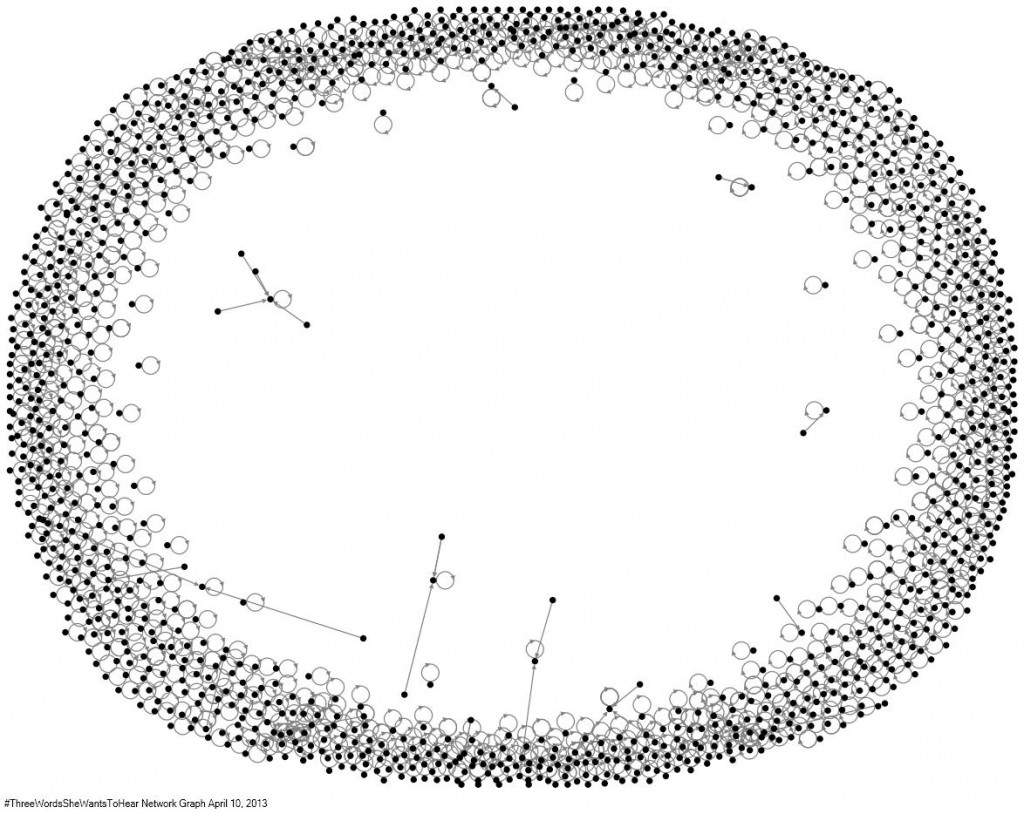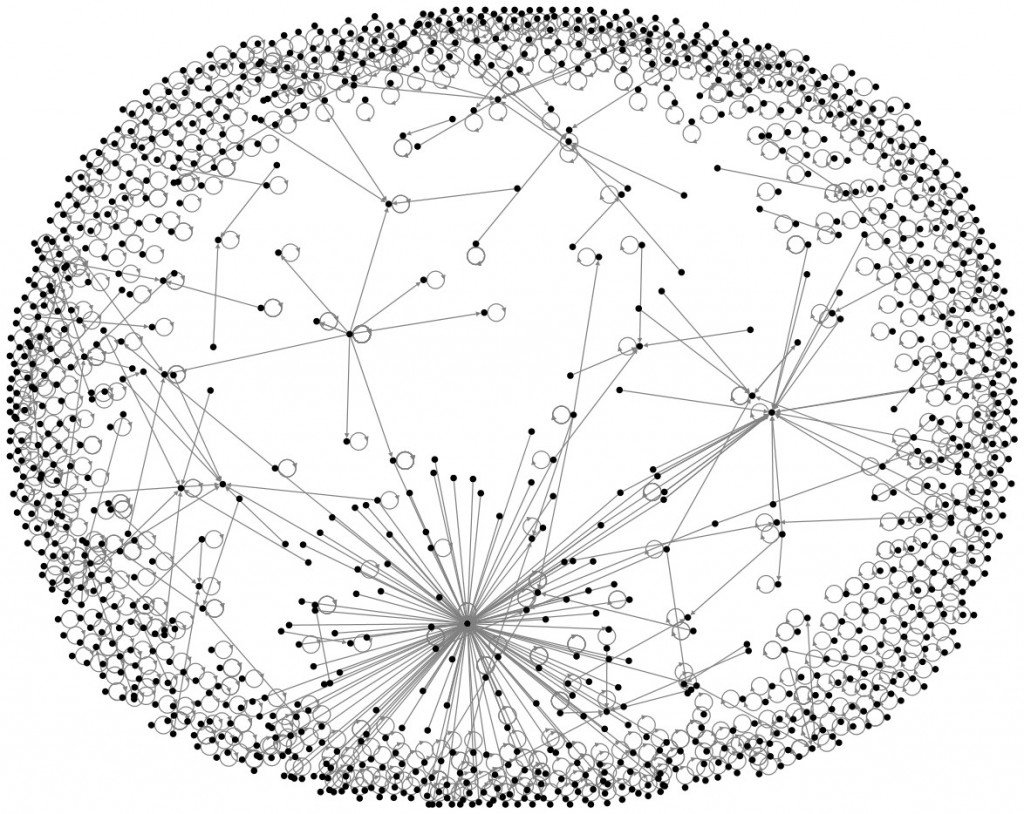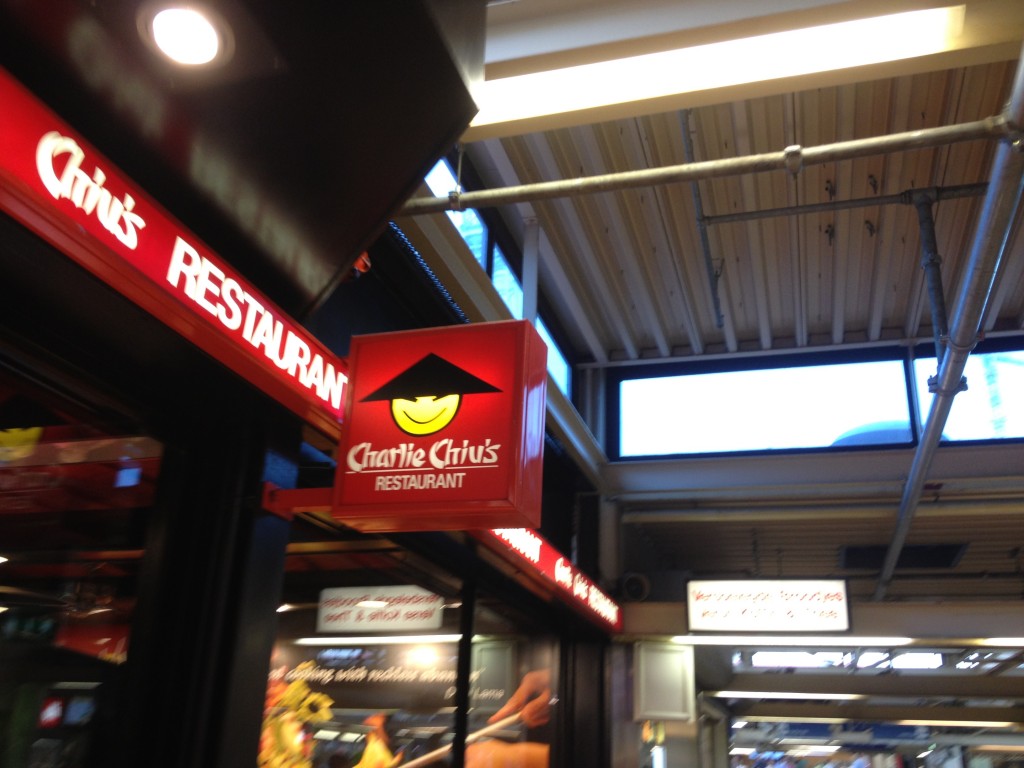Please cite this as: Murthy, D. (2012), “Some Musings on Facebook As It Marches Towards 1 Billion Users”, iSociology, http://www.dhirajmurthy.com/some-musings-on-facebook-as-it-marches-towards-1-billion-users
Keywords: Facebook, online social networks, pervasiveness, ubiquitous computing, Facebook audience configuration, Facebook app, Facebook games
As the user base of Facebook approaches 1 billion users (Emerson 2012), the medium continues to gain international attention. Despite the Pope’s 2011 warning of the risk of alienation due to online social networks (Pullella 2011), Facebook is not considered by users as a ‘substitute’ for phone calls or face-to-face interactions. Rather, it is considered to be a different communications medium which enables updates amongst friend networks. Additionally, the types of information/social interactions occurring on Facebook are often qualitatively different from phone calls and face-to-face interactions. Some of this has to do with the fact that large parts of one’s network on Facebook are composed of ‘weak ties’, connections who you are not particularly close to but have some acquaintance with (Granovetter 1983). This is combined with clusters or a core of ‘strong ties’, connections who you have an ‘affective’ relationship with (involving some level of ‘emotional intensity and intimacy’ (Krackhardt, et al. 1992: 217)), generally trust, and have more than a passing acquaintance with. The latter has been tested in the literature through questions such as would that person be prepared to lend you $100 if you are in a difficult situation (Gilbert and Karahalios 2009). Facebook provides a means by which to maintain or even reinforce relationships with strong ties. Additionally, Facebook creates a clustered space where, if one has a large quantity of weak ties, they will receive a greater proportion of updates from this category of friends over strong ties. Some see this construction of friend networks as highly beneficial in that they can keep abreast of the happenings – however quotidian – of old classmates, distant friends, or previous colleagues. Prima facie, Facebook appears best at maintaining strong or ‘stronger’ ties rather than fostering weak or ‘weaker’ ties. However, many use Facebook primarily to connect with ‘weak ties’ (DiMicco, et al. 2008).
The ways in which people access Facebook is also an important point to consider. Specifically, research reveals that the Facebook app is one of the most commonly used apps on mobile devices (Maier, et al. 2010). Prima facie, this would not seem to affect Facebook as a social medium. However, the fact that users are increasingly updating their profiles while on the move has significant implications for the regularity of their activity, their content, and their perception of the medium. Specifically, mobile technologies foster increased real-time information sharing (Freifeld, et al. 2010). This is not restricted to Facebook, but the medium is highly affected by it. This move towards ubiquitous computing encourages users to, for example, update their Facebook friends about what they are eating, what movie they are about to watch, or how they are feeling at the moment. They can also use Facebook as a means to pass time while in a queue or to quickly take a picture and upload it to their profile.
In terms of audiences, updates on Facebook have produced new audience configurations. Specifically, individuals have a constellation of ‘friends’ who can see these updates, but, this audience is continually changing minute by minute depending on who is logged onto Facebook at the time. This is well illustrated by ‘status updates’. Though these short messages are often trivially banal (e.g. ‘saw a cool purple shirt I should have bought’), these messages are circulated as ‘news’, which Facebook automatically distributes to your group of ‘friends’, selected individuals who have access to your Facebook ‘profile’ (your personalized web page on the site).
The game culture on Facebook is very important to the medium’s social configuration. The popular Facebook game, FarmVille, where Facebook users maintain farms and can have friends as neighbors, has been an important part of the Facebook experience to a substantial number of users. Friends can be invited to one’s farm to help accomplish particular tasks and gifts can be given to friends using the game’s currency. As parodied on a popular episode of SouthPark[i], the meaningfulness of the game to Facebook users can be extremely high. Additionally, the game has involved corporate partnerships in which Facebook users can visit ‘company farms’ such as that of McDonald’s, which recently offered free McDonald’s-branded Farmville products. Other games such as CityVille and The Sims Social have also become very popular. Manovich (2001: 9) argues that as culture becomes more computerized, this ‘not only leads to the emergence of new cultural forms such as computer games and virtual worlds [but, also] it redefines existing ones such as photography and cinema’. It is critical for us to examine the impact of ‘computerization’ and indeed digitization on pre-computerized cultural forms and, I would add, practices, rather than merely looking at the new forms such as Facebook games which emerge.
Part of understanding Facebook as having redefined existing cultural practices involves considering it as a socially mediated ‘space’. Rosenthal’s (2008) idea of ‘socioformation’ is useful here. She argues that any part of ‘cyberspace can be socioformed, turned into space where humans can form societies’ (Rosenthal 2008: 160). Facebook does not constitute a ‘society’ per se, but rather it is a space where new social configurations and communities are formed and existing cultural practices are redefined. Martínez Alemán and Wartman (2009) studied the usage of Facebook within college campuses in the United States. Respondents to their first questionnaire were solicited through an invitation posted on Facebook that was visible to members of the large, private institution they were researching. Martínez Alemán & Wartman (2009: 52) found that having respondents in front of a computer navigating through their Facebook profiles allowed the researchers to ‘make meaning’ of what they saw on the screen and what the respondents did. This is important in that it can be tempting to dismiss Facebook as ‘meaningless’ or a ‘waste of time’. However, the observation of users interacting within Facebook reveals social meaning. Though 1 billion users may be wrong, one thing is for certain: a significant number of those see Facebook as socially meaningful to them.
References
DiMicco, J., Millen, D. R., Geyer, W., Dugan, C., Brownholtz, B. and Muller, M. 2008 ‘Motivations for social networking at work’ Proceedings of the 2008 ACM conference on Computer supported cooperative work, San Diego, CA, USA: ACM.
Emerson, R. 2012 ‘Facebook Users Expected To Pass 1 Billion In August: iCrossing ‘ Huffington Post, Vol. January 14, 2012: Huffington Post.
Freifeld, C. C., Chunara, R., Mekaru, S. R., Chan, E. H., Kass-Hout, T., Ayala Iacucci, A. and Brownstein, J. S. 2010 ‘Participatory Epidemiology: Use of Mobile Phones for Community-Based Health Reporting’, PLoS Med 7(12): e1000376.
Gilbert, E. and Karahalios, K. 2009 ‘Predicting tie strength with social media’ Proceedings of the 27th international conference on Human factors in computing systems, Boston, MA, USA: ACM.
Granovetter, M. 1983 ‘The Strength of Weak Ties: A Network Theory Revisited’, Sociological Theory 1: 201-233.
Krackhardt, D., Nohria, N. and Eccles, R. 1992 ‘The Strength of Strong Ties: The Importance of Philos in Organizations’ Networks and Organizations: Structure, Form,and Action: Harvard Business School Press.
Maier, G., Schneider, F., Feldmann, A., Krishnamurthy, A. and Plattner, B. 2010 ‘A First Look at Mobile Hand-Held Device Traffic Passive and Active Measurement’, Vol. 6032: Springer Berlin / Heidelberg.
Manovich, L. 2001 The language of new media, Cambridge, Mass. ; London: MIT Press.
Martínez Alemán, A. M. and Wartman, K. L. 2009 Online social networking on campus : understanding what matters in student culture, 1st Edition, New York, NY: Routledge.
Pullella, P. 2011 ‘Pope warns of alienation risk in social networks’ Reuters Online, London: Reuters.
Rosenthal, A. 2008 ‘Gerald M. Phillips As Electronic Tribal Chief: Socioforming Cyberspace’, in T. Adams and S. A. Smith (eds) Electronic tribes : the virtual worlds of geeks, gamers, shamans, and scammers, 1st Edition, Austin: University of Texas Press.
[i] http://www.southparkstudios.com/full-episodes/s14e04-you-have-0-friends



